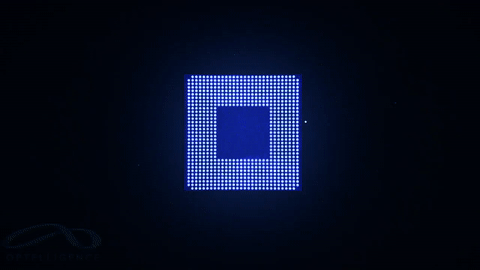Neural-net computing and machine learning can enable seemingly magical results—from computer face recognition, to on-the-fly image classification, to microsecond translation from Dutch to Mandarin. Under the hood, however, these functions rely largely on grinding through stacks of repeated matrix multiplications, a computationally intense and power-hungry process.

Dec 12, 2020
With funding from our #ArmyResearchOffice, researchers at The George Washington University, University of California, Los Angeles, and tech venture startup Optelligence Company, developed an optical convolutional neural network accelerator capable of processing large amounts of information, on the order of petabytes, per second.
This innovation, which harnesses the massive parallelism of light, heralds a new era of optical signal processing for machine learning with numerous applications, including in self-driving cars, #5G networks, #datacenters, biomedical diagnostics, #datasecurity and more. #ML #AI
Army Futures Command
U.S. Army Combat Capabilities Development Command

07.23.2020
Photonic Tensor Cores Boost Machine Learning Capacity for Optical Feeds and 5G

Aug 21, 2020
The photonic tensor core performs vector-matrix multiplications by utilizing the efficient interaction of light at different wavelengths with multistate photonic phase change memories.

April 12, 2020
Neural-net computing and machine learning can enable seemingly magical results—from computer face recognition, to on-the-fly image classification, to microsecond translation from Dutch to Mandarin. Under the hood, however, these functions rely largely on grinding through stacks of repeated matrix multiplications, a computationally intense and power-hungry process.
